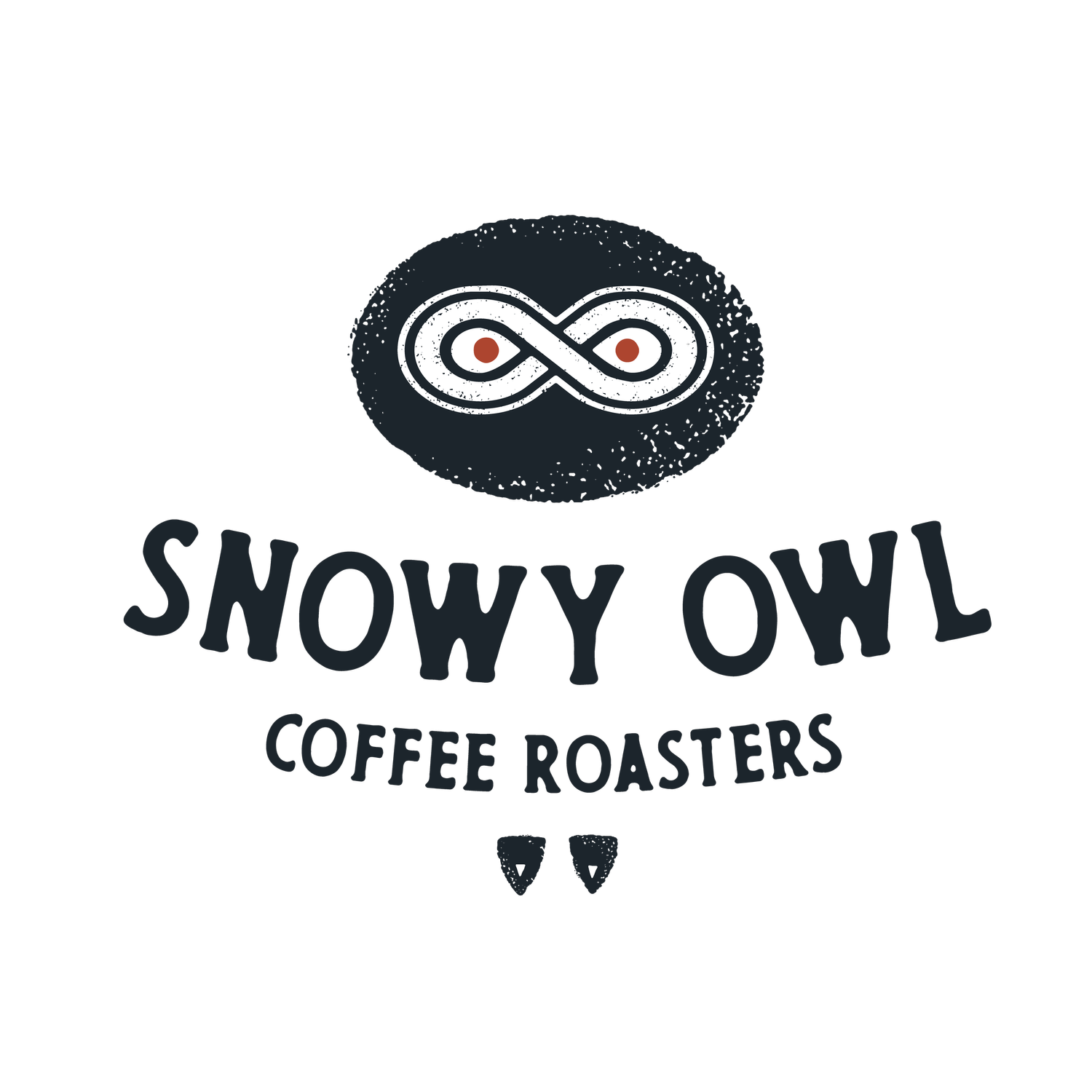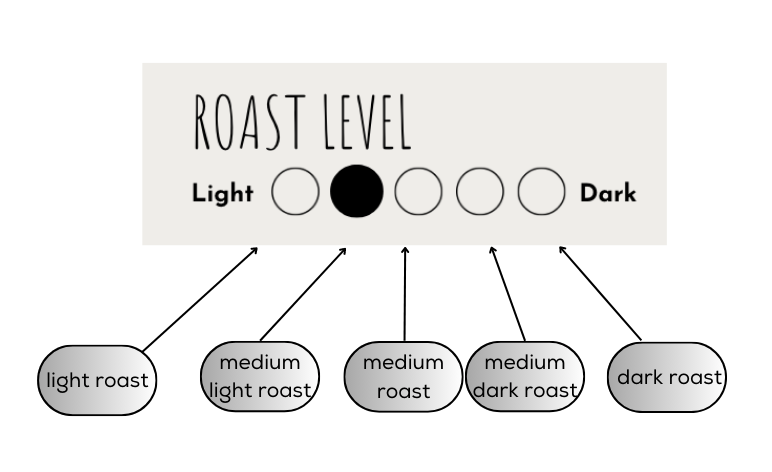The color in your cup
Deciphering our labels and roast level
Our labels have gotten a makeover
You might have noticed our coffee bag labels are looking slightly different. We have been working with our wholesale team and QC department to communicate even more to our customers in regards to our medium roast approach. Decipher our coffee bags with us as we explain the making of our coffee roast scale.
We understand that coffee color, and roast level are very important to consumers. Why? Because coffee consumers associate color with quality and flavors, where their preferred coffee can vary from light to medium to dark roasts.
Knowing there is quite a range in the spectrum of roast profiles, we chose to specialize in medium roast profiles. With a medium roast profile, we believe we can offer many different flavor profiles, while still maintaining a level of taste of place (origin) in the cup.
This blog aims to be very transparent to our customers about our offerings, how we classify our coffees, and how you can best choose an offering to suit your liking.
Why measure roast color
However, despite the fact that the color of coffee is an important indicator of roast level and quality, our understanding and measurement has been predominantly subjective. It isn’t uncommon to see coffee bags labeled light or medium, when in fact they don’t fall into that category.
Standards can be a great tool for the coffee industry as they are trusted instruments established by knowledgeable subject-matter experts. The Specialty Coffee Association or SCA creates quantifiable and qualifiable measures based upon scientific testing which sets values and ranges for coffee. These standards have been established to cover all aspects of coffee processing, including roast color.
Creating standards helps to make our measurements objective. In fact, we use our roast color measurements to drive our roast profile development, and to ensure we are continuing to roast to the desired outcome down the road. So, ultimately we use roast color as both a tool to maintain our quality standards, and as approachable language to describe our offerings.
How to measure roast color
In this instance, the coffee industry looks to the Agtron Scale, which uses infrared light to determine roast degree. Using this scale, the higher the number, the lighter the roast. The challenge with using the Agtron scale directly is it’s very expensive and not accessible for everyone.
Importers, producers, and roasters alike have turned to a color meter called Espresso Vision. The espresso vision color meter uses a meaningful and intuitive output scale to translate directly to the Agtron scale, as shown below.
Our quality control team measures and records the roast level of all our offerings. The number of the roast color allows us to classify all our roasts within the medium roast spectrum, ranging from medium light to medium dark.
Our take on approachable coffee
You might stop here and think, why not present the roast level portrayed on the bag and move on?
Snowy Owl’s approach is rooted in meticulously preparing our coffees. We want our customers to know our processes first hand, and hope that along the way they can understand our quality standards and our inherit care. So, yes our labels have led to a pretty straightforward roast scale, but knowing there is science and data behind these scales helps too.
Let’s unpack our labels here.
It’s worth mentioning we include light and dark on our scale as a means for reference. Our offerings will range from the second to fourth bubbles, to exemplify the medium range spectrum. Know we arrived at this conclusion based on our roast color measurements from our espresso vision device.
In truth, we offer medium roasts coffee that actually mimic the flavor profiles of the extremes of light and dark. Take Captain Crosby, for example. While it's not a traditional dark roast, this cup brings forth the familiarity of dark roasted flavors with its robust body and low acid notes.
Some takeaways
In an age of increased transparency, we hope to continue to connect, share, and communicate our love for coffee and why we do what we do. We hope this roast scale takes away the guessing of what is your ideal flavor profile. Instead, we want to lead you to exactly what you like, so you can continue to keep drinking it. Cheers!



